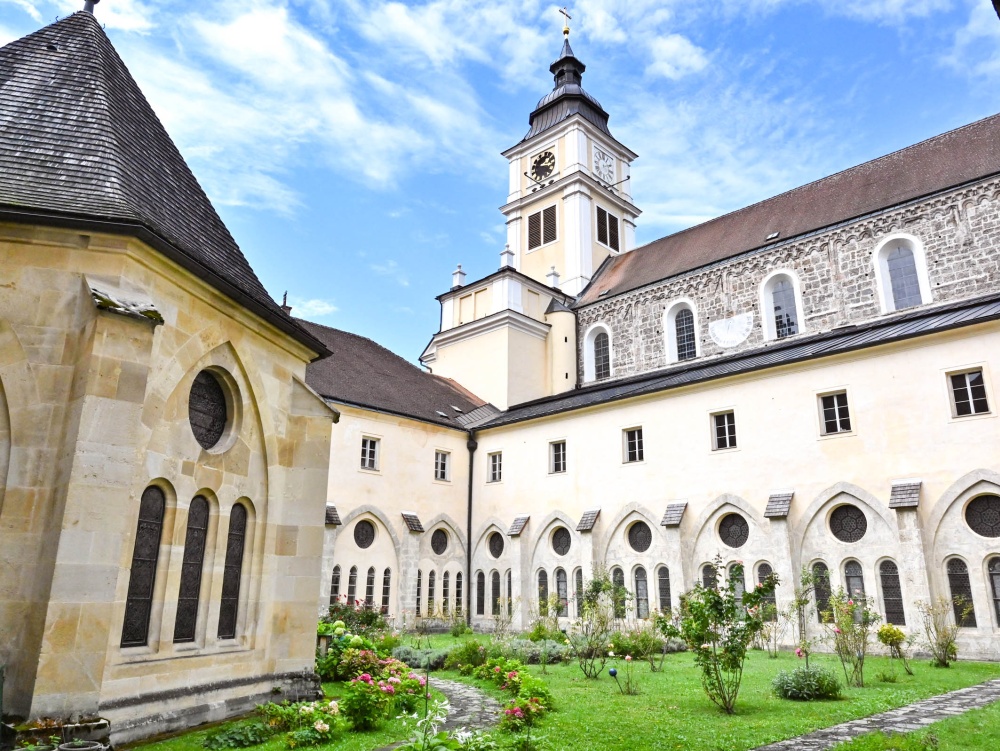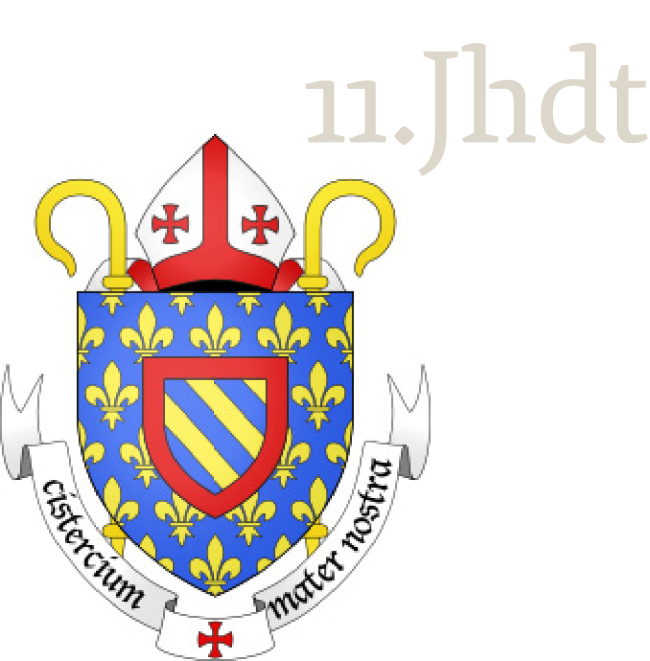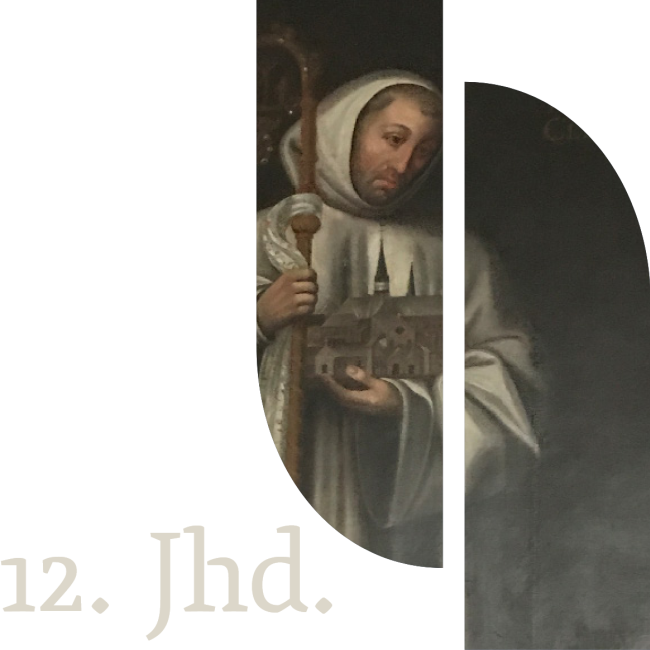
History of the Cistercians
The Cistercian order was founded in the 12th century and played an important role in the medieval history of Europe. The Cistercians live according to the rule of St. Benedict. Today, they are primarily devoted to celebrating the liturgy, contemplation, hosting guests, pastoral care, imparting knowledge and maintaining their spiritual and cultural heritage.

Name and beginnings of the Cistercian order
The name "Cistercian" is derived from the Cistercium monastery (French: Cîteaux) in Burgundy. A monastery was founded there in 1098, where the rule of St. Benedict was particularly carefully observed. From the very beginning, the Cistercians focussed on simplicity, closeness to nature and a balance between prayer, spiritual reading and work.

Expansion throughout Europe
With the arrival of St. Bernard of Clairvaux and his companions, a huge upswing in personnel began for the Cistercians that was to last for two centuries. Cistercian monasteries were founded throughout Europe. The oldest Cistercian monasteries in the world that still exist today include Rein (1129), Heiligenkreuz (1133) and Zwettl (1138). The regular meetings of abbots, known as general chapters, led to a networking of Cistercians from different European countries that was astounding for the Middle Ages. These meetings of abbots not only had an influence on the Cistercians′ adherence to observance but also led to an exchange of knowledge in agriculture, forestry, fishing, mining and architecture.

Challenges over the course of history
The Reformation in various European countries (16th century), the anti-monastic measures in France, Germany, Spain, Portugal and Italy in the 18th and 19th centuries, the national socialist regime in Nazi Germany and communism in several countries (20th century) led to the dissolution of many Cistercian monasteries. Nevertheless, the Cistercian order succeeded in developing its monastic activities again and again in various places.
In Austria, the traditional abbeys have defied many historical crises and have flourished time and again. Cistercian abbeys in Austria are: Rein, Heiligenkreuz, Zwettl, Wilhering, Lilienfeld, Schlierbach, Wettingen-Mehrerau and Stams. Austrian Cistercian abbeys can be found in: Mariastern-Gwiggen, Marienfeld and Marienkron. The highest representative of the Cistercians is the ABBOT GENERAL based in Rome.
The spirituality of the Cistercians is essentially defined by St. Bernard of Clairvaux and his disciples. It is characterised by an emotional description of the love between God and mankind. Church services, spiritual readings, simplicity and obedience, as demanded by the rule of St. Benedict, characterise the Cistercian way of life. Devotion to the Mother of God is of great importance to the Cistercians. In Austria, the Cistercians also dedicate themselves to many pastoral tasks, especially as pastors in the parishes entrusted to them.







